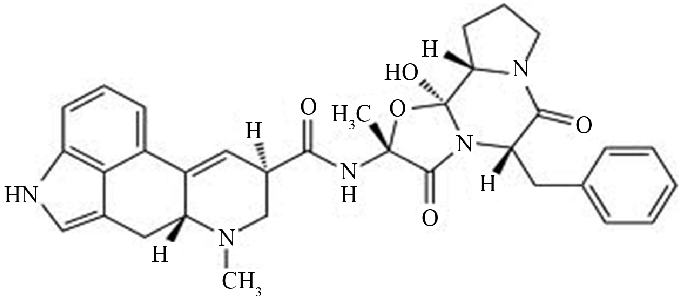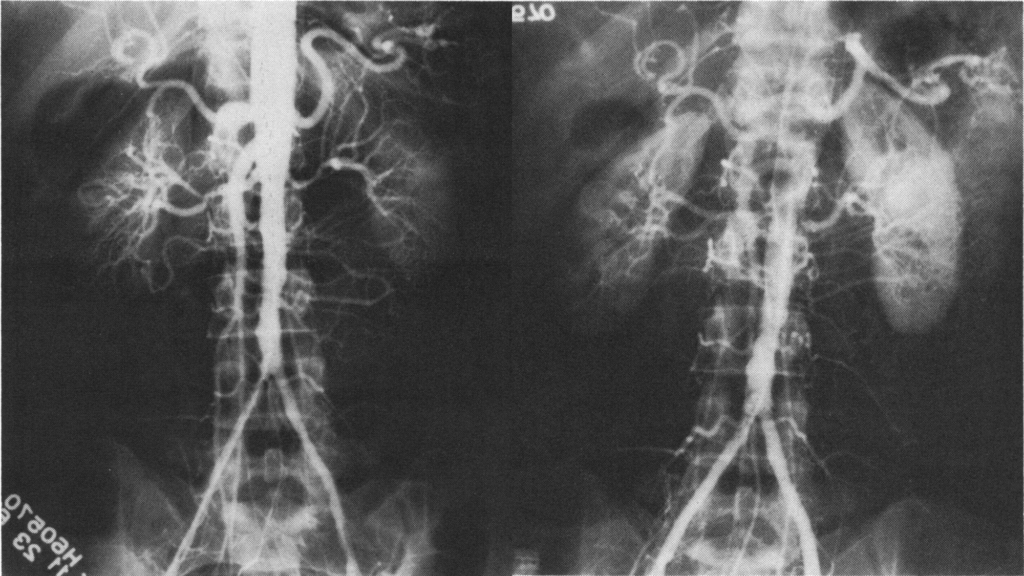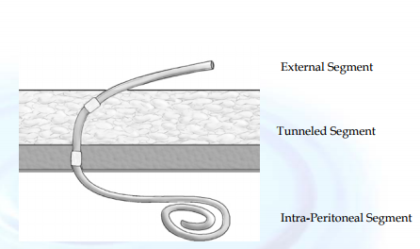What do migraines, holy fire, witch trials, and kidney failure have in common? That would be ergotamine.
Ergotamine is a compound with a wide spectrum of pharmacologic activity produced by fungus in the claviceps species. It has agonist activity at various subtypes of serotonin and dopamine receptors as well as alpha-1 adrenergic receptors.
Before finding its niche as a migraine medication, it spent many years causing chaos among humans by permeating bread supplies in the form of claviceps-infected cereal grains.

Outbreaks of ergotism have been well-characterized throughout history. It has even been suggested that the nasty witch hunting business in Salem stemmed from ergotamine induced hallucinations and claviceps infected rye. Hallucination and altered mental status are well known clinical signs of ergotism- after all, ergotamine was the precursor to the potent hallucinogen Lysergic Acid Diethylamide (LSD).
Another classic sign of ergotism stems from its 5HT2A and alpha-1-adrenergic induced vasoconstriction. “St Anthony’s Fire” and “holy fire” were terms used in the middle ages to describe the blackened, burning, gangrenous limbs caused by ergotamine induced vasoconstriction and peripheral ischemia.

Numerous case reports of ischemic stroke, vascular complications, cardiac valvulopathy and limb ischemia from vasospasm have been reported in users of ergot or ergot-derived migraine medications.
The kidneys are no exception. Several case reports describe ergotamine induced kidney injury from acute or chronic use. Prolonged kidney arterial vasospasm causes decreased kidney perfusion, leading to kidney injury. Prolonged ischemia can cause acute tubule- interstitial nephritis. In most case reports, resolution of kidney injury eventually occurs after withdrawal of ergotamine. Vasodilatory compounds like nitrates or alpha adrenergic blockers have also been utilized.
Ergotamine may be an old medication, but it is still used today, albeit less frequently. It has largely been replaced by ergot derivatives such as dihydroergotamine or the triptan medications. While these drugs cause less vasoconstriction than their predecessor, kidney infarct from use has still been reported.
So keep this rare but real complication of headache treatment in your back pocket of differentials. A good medication history, and maybe an angiogram, may be of value in a patient with migraine and unexplained acute kidney injury.
Post by: Mary O’Keefe, PharmD @MOKeefePharmD Abigail Sharpe, PharmD @AbbySPharmD and Ryan Feldman, PharmD, BCPS, DABAT @EMPoisonPharmD






